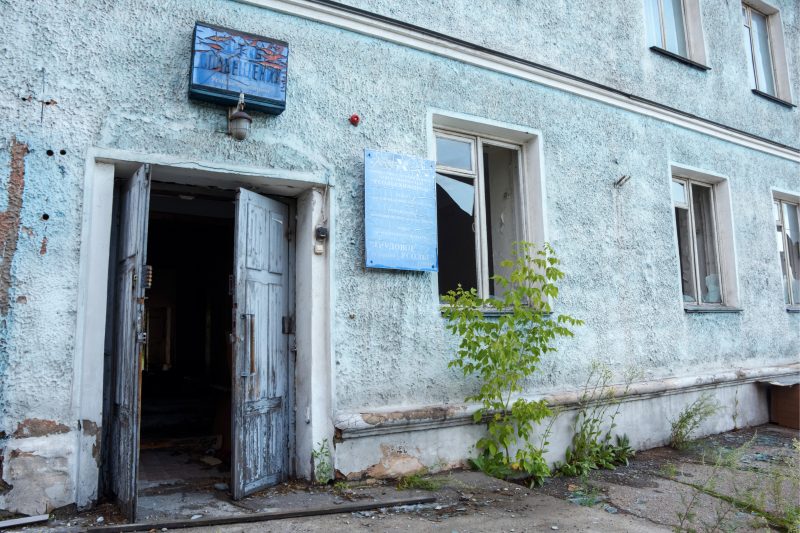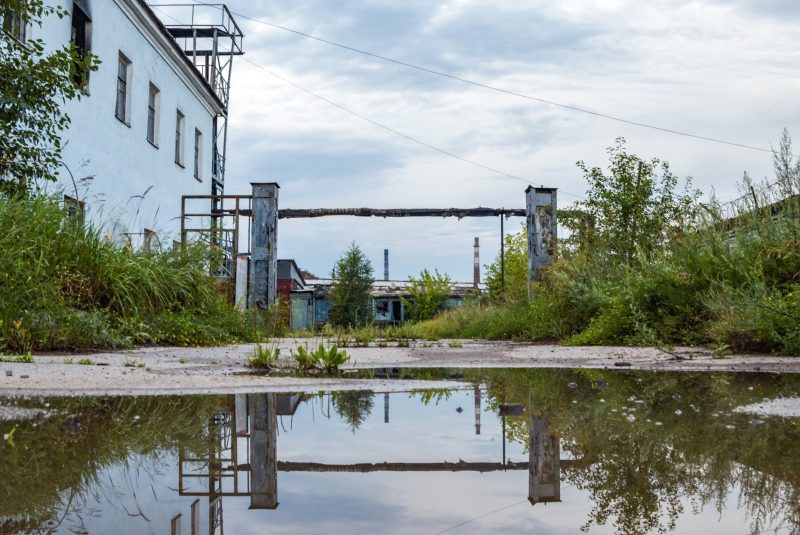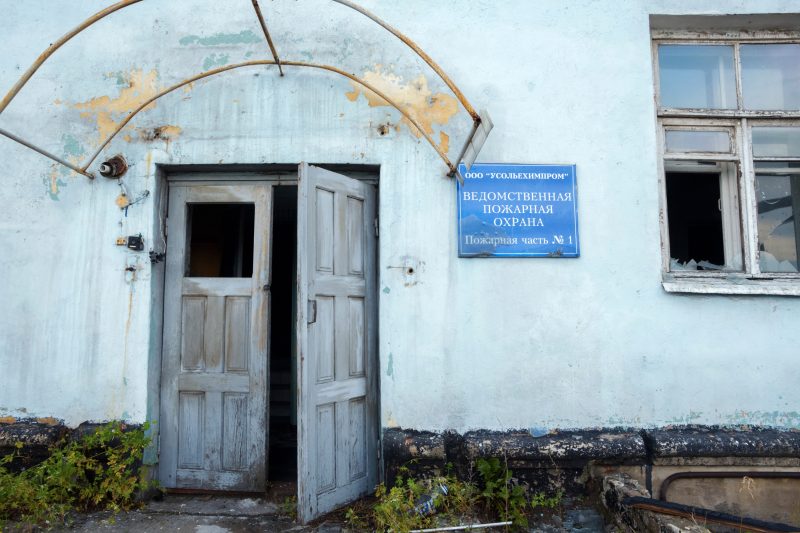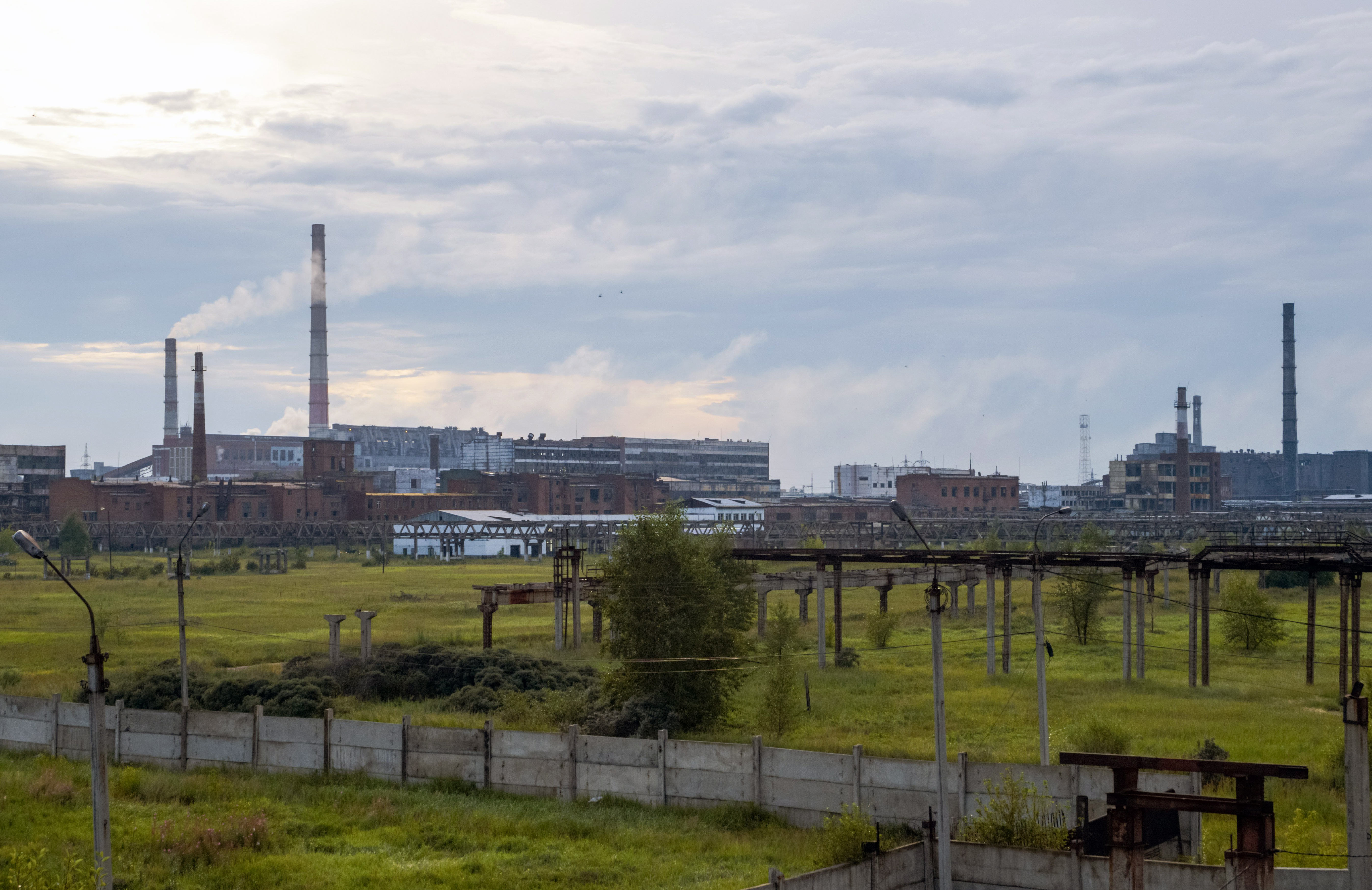- Chernobyl is widely considered one of the world’s worst nuclear disasters due to its release of radioactive contaminants across Europe.
- The water and soil near the Chernobyl Nuclear Power Plant is still contaminated, and local children have experienced health problems like enlarged thyroids, cancer, and respiratory illnesses.
- Last month, the head of Russia’s environmental safety agency warned that an abandoned Usolyekhimprom chemical plant in southeast Russia could trigger a similar environmental catastrophe.
- The plant still holds mercury, oil waste, and unknown chemicals, which environmental officials worry could spread into the air, soil, and water in the event of a fire or flood.
- Visit Business Insider’s homepage for more.
Three days after the disaster at the Chernobyl Nuclear Power Plant on April 26, 1986, Soviet officials informed the public that an accident that had killed two people was “stabilized” and “under control.”
By that time, an explosion had released toxic radioactive particles into the air. A subsequent fire then spread that radiation for miles across Europe.
The accident wound up being one of the world’s worst nuclear disasters, with environmental consequences that linger to this day. Water and soil near the plant are still contaminated, and children currently living in the area have seen health problems such as enlarged thyroids, cancer, and respiratory illnesses.
Now, there’s a risk that similar effects could occur in southeast Russia. In late July, Svetlana Radionova, the head of Russia’s environmental safety agency, warned that an abandoned chemical plant in Siberia is brimming with mercury and unknown chemicals.
The plant, she said, is at risk of setting off an "ecological Chernobyl."
Here's what it looks like today.
The Usolyekhimprom plant used to manufacture chlorine, among other chemicals.

Usolyekhimprom, a Russian chemical company, owns hundreds of industrial facilities. This particular plant in the Irkutsk region of Siberia opened in 1933. It takes up about 1,500 acres.
The plant shuttered after it went bankrupt in 2017.

The now-empty plant is located within Usolye-Sibirskoye, a town of more than 80,000 people.
In July, Radionova went on a tour of the abandoned facility.

Russia's environmental agency, known as Rosprirodnadzor, monitors actions that may have a negative impact on the environment.
After her tour of the plant, Radionova told the Russian newspaper Izvestia that she had witnessed a "huge, chemically dangerous enterprise" in a "half-destroyed state."
Radionova said she discovered a "huge amount" of mercury at the site.

Radionova drew particular attention to mercury residue, which she said needed to be remediated. The chemicals likely hail from an old mercury-electrolysis department that closed in 1998.
Exposure to high levels of mercury has been linked to kidney and nervous system damage. Mercuric chloride, a compound made of mercury and chlorine, has been known to cause tumors in rats and mice.
Inside the abandoned buildings, Radionova said, she discovered pressurized containers with unknown "chemically hazardous substances."

"No one knows what's there," she told Izvestia. Radionova also said she discovered that oil waste had been pumped into the plant's wells.
A local environmental minister acknowledged the presence of "highly toxic" chlorine in soil and groundwater.

The environmental minister for the Irkutsk region, Andrey Kryuchkov, told the Siberian Times that the soil and groundwater around the plant is "impregnated with highly toxic organochlorine pollutants," a group of chlorinate compounds often used as pesticides.
Scientists are still investigating potential links between pesticides and disease in people, but some studies have indicated that high levels of exposure to certain pesticides may raise one's risk of cancers like leukemia and non-Hodgkin lymphoma.
If floods or fires hit the plant or the surrounding area, those events could wind up spreading the contaminants across the region.

As of August 1, hundreds of wildfires have burned more than 15,000 square miles of Siberia. Around 62 of those fires are located in the Irkutsk region, which spans nearly 300,000 square miles.
The region has also suffered from spates of severe floods, including a recent one in June that killed 25 people and another last month that prompted the evacuation of more than 1,000 people.
One of the reasons Chernobyl was so disastrous was because smoke from a fire spread radioactive contaminants across a larger swath of land than the area directly impacted by the explosion.
A fire or flood at the Usolyekhimprom plant could have a similar effect.
Read more: 11 strange events that happened after the Chernobyl nuclear-power-plant accident
Radionova said she is worried that chemicals could be seeping into the nearby Angara River.

"This is essentially the territory of an environmental catastrophe," Radionova told Izvestia.
If the wells holding oil waste were to explode, she said, the Angara River could be polluted. That means contaminants could spread across Irkutsk, since the river runs through the region.
The contamination could set off an ecological disaster akin to Chernobyl, Radionova warned.

Radionova described the plant as a "toxic catastrophe waiting to happen," but Kryuchkov pushed back on her comparison to Chernobyl, arguing that it wasn't scientifically accurate to conflate the two situations.
Both officials agreed, however, that the land should be cleaned up as soon as possible.

